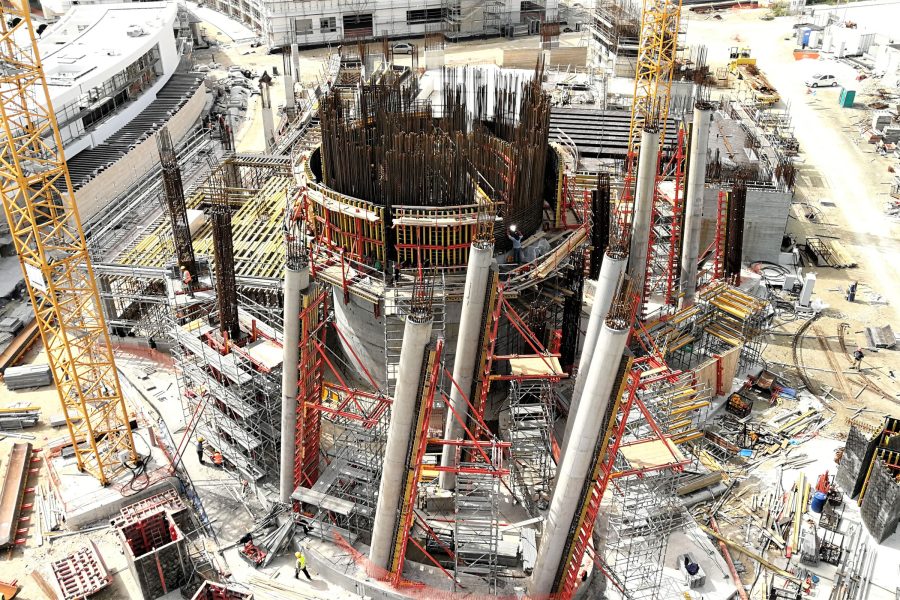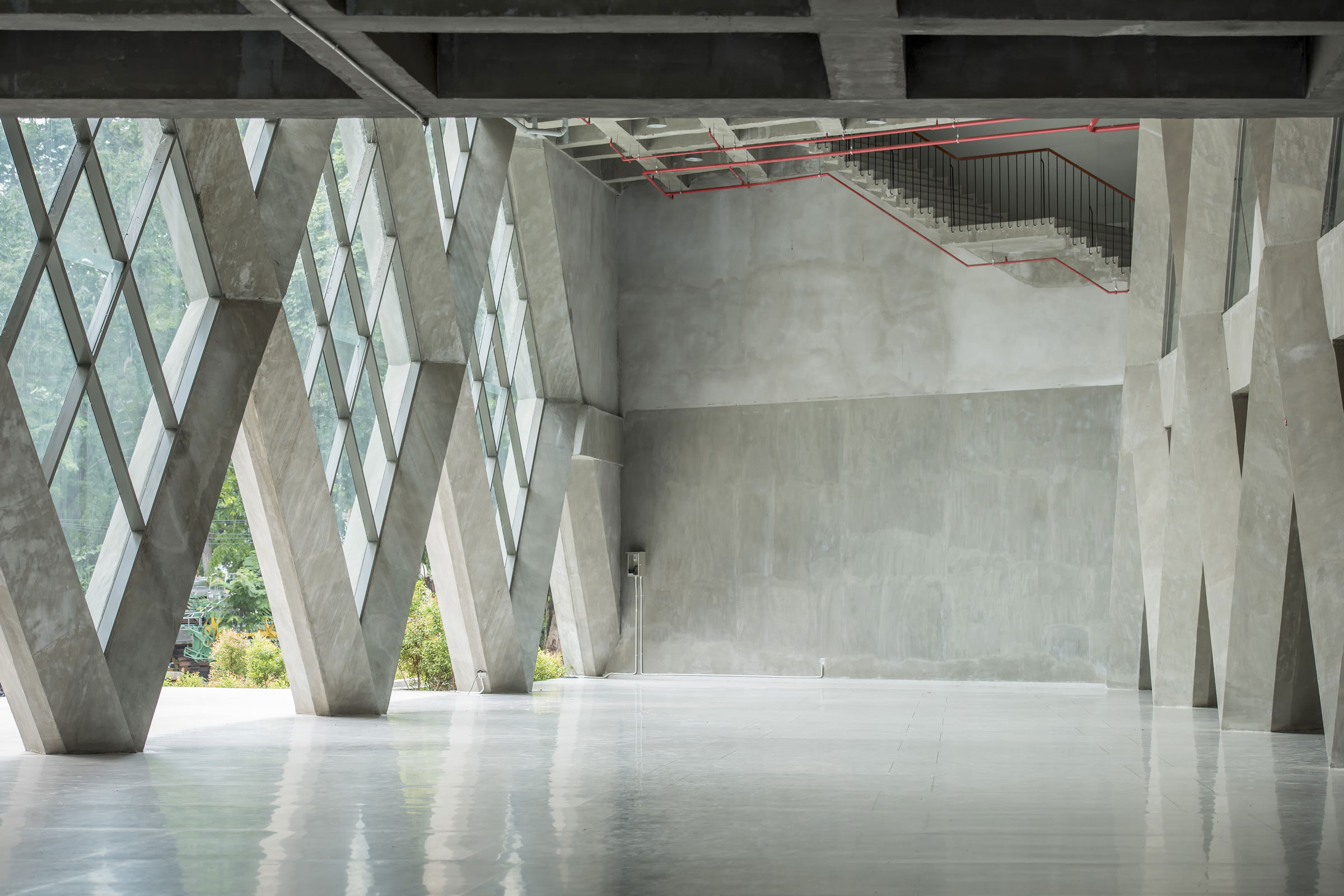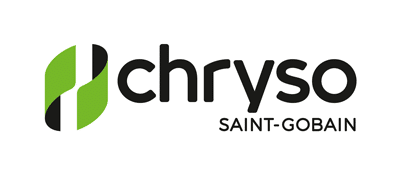Story at a glance:
- Innovations in cement additives and concrete admixtures are enhancing sustainability without compromising strength or durability.
- Architects play an important role in specifying low-carbon materials.
Concrete has long been a staple of modern architecture and construction, valued for its durability, affordability, and adaptability. However, its environmental impact, particularly the high carbon dioxide emissions from Portland cement, has driven the industry to find innovative solutions. Architects and designers now have an opportunity to lead the way by integrating advanced concrete technologies into their projects.
One major shift is the increasing use of supplementary cementitious materials (SCMs) like fly ash, silica fume, and slag—materials that reduce the need for traditional cement. However, with the decline of coal-powered plants, fly ash is becoming less available, pushing the industry to explore alternatives like ground glass pozzolans, natural pozzolans, and calcined clays.
While these materials offer environmental benefits, they also come with challenges like inconsistent supply and increased water demand. This is where advanced chemical admixtures and additives step in, enabling architects to specify high-performance, lower-carbon concrete.
The Power of Sustainable Concrete
New innovations in cement additives and concrete admixtures are enhancing sustainability without compromising strength or durability. Solutions like Chryso’s EnviroAdd™ and EnviroMix®C-Clay are game-changers, enabling the use of more sustainable SCMs while improving the performance of cement and concrete mixes.
● EnviroAdd enhances cement reactivity and allows for greater clinker reduction (the key driver of CO₂ emissions in cement production), making the production of low-carbon cement more feasible.
● EnviroMix C-Clay improves the hydration and reactivity of calcined clays, ensuring smooth integration into concrete mixtures.
● EnviroMix SE 30 is a strength-enhancing admixture designed to improve cementitious efficiency, enabling higher levels of SCM utilization in concrete mixtures. It improves the mechanical strength of the concrete and helps in designing concrete mixtures with reduced carbon footprints.
● Chryso®Optima and Quad® optimize concrete mixes by improving workability and strength while allowing the use of lower-quality local aggregates—an essential factor in reducing carbon-intensive material transportation.
For architects designing eco-conscious buildings, these innovations provide reliable ways to specify concrete that aligns with LEED, WELL, and other green certification standards.
Sustainable Concrete Case Studies

Photo courtesy of Chryso
Studying Low-Carbon Cement
A study with a German laboratory tested Chryso’s EnviroAdd™ in CEM II/C-M(S-LL) cement, which contains 30% slag and 20% limestone. The results were striking:
● Strength gains of up to 17% at 28 days and 84% at 1 day, exceeding traditional cement mixes.
● A 7% reduction in clinker led to lower CO₂ emissions while maintaining performance.
● These findings showcase how sustainable concrete can be strong, efficient, and climate-friendly.
Optimizing Natural Pozzolans in Arizona
CalPortland’s Phoenix operation partnered with Chryso to optimize natural pozzolans in their concrete mixes. Their goal was to offset the increased water demand of pozzolans while maintaining workability and durability.
● Quad and Chryso Optima 1000 series emerged as the best solutions, providing excellent slump retention and reducing water demand by up to two gallons per mix.
● These adjustments enhanced strength, improved shrinkage resistance, and reduced overall environmental impact.
● This project highlights how regional materials can be effectively used in sustainable, site-adapted concrete solutions.
Greener Concrete for Residential Construction
In the Midwest residential builders tested EnviroMix SE 30 to reduce cement content by 30 to 50 pounds per cubic yard while maintaining strength. The results included:
● Improved workability and finishability, making placement easier for contractors.
● Significant CO₂ reductions across high-volume projects.
● Cost savings for builders, showing how sustainability can also be economically smart.
Architects’ Role in Low-Carbon Construction
The movement toward sustainable concrete isn’t just an industry trend—it’s a necessary shift for a more resilient built environment. Architects and designers play a critical role in specifying low-carbon materials, ensuring sustainability from the blueprint stage. By learning about next-generation SCMs, cement additives, and concrete admixtures, designers can be a critical partner to reduce embodied carbon in their projects while maintaining beauty, durability, and structural integrity.
Furthermore, green building certifications increasingly emphasize embodied carbon, making advanced concrete solutions a key component of forward-thinking, sustainable architecture. As industry leaders refine concrete technologies, they open new possibilities for designing with lower-carbon materials without sacrificing creativity or performance.
Building a Sustainable Future
The transition to low-carbon concrete is happening now, and the technology is ready to support it.
Advanced additives and admixtures, like those from Chryso, allow architects and designers to specify innovative, sustainable concrete solutions that meet performance and environmental goals.
As these materials become the new standard, the architecture and design community have the power to drive change, shaping a more sustainable and resilient built environment for generations to come.


